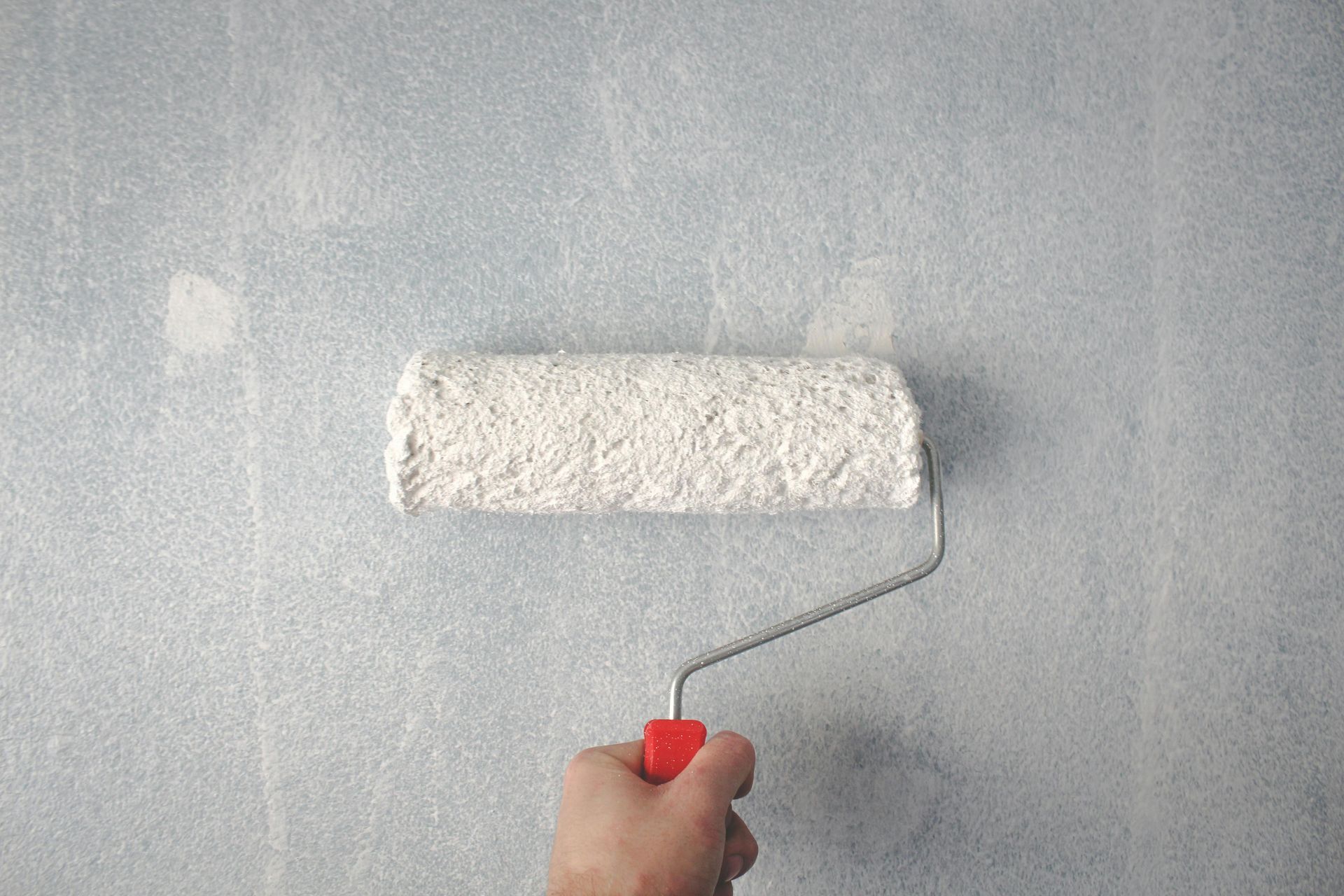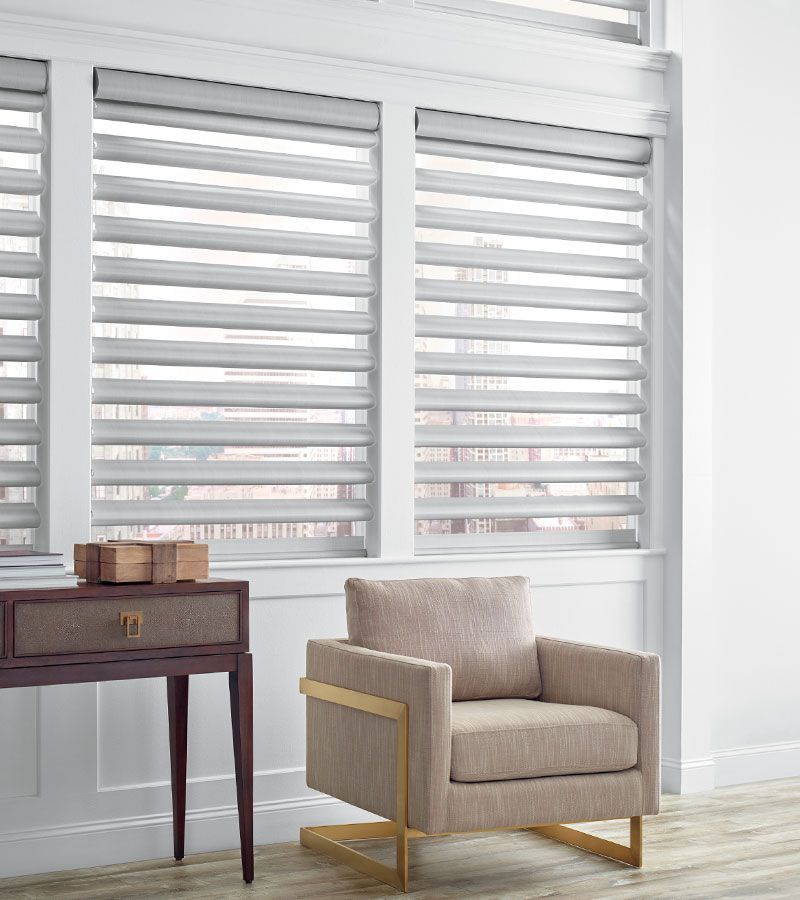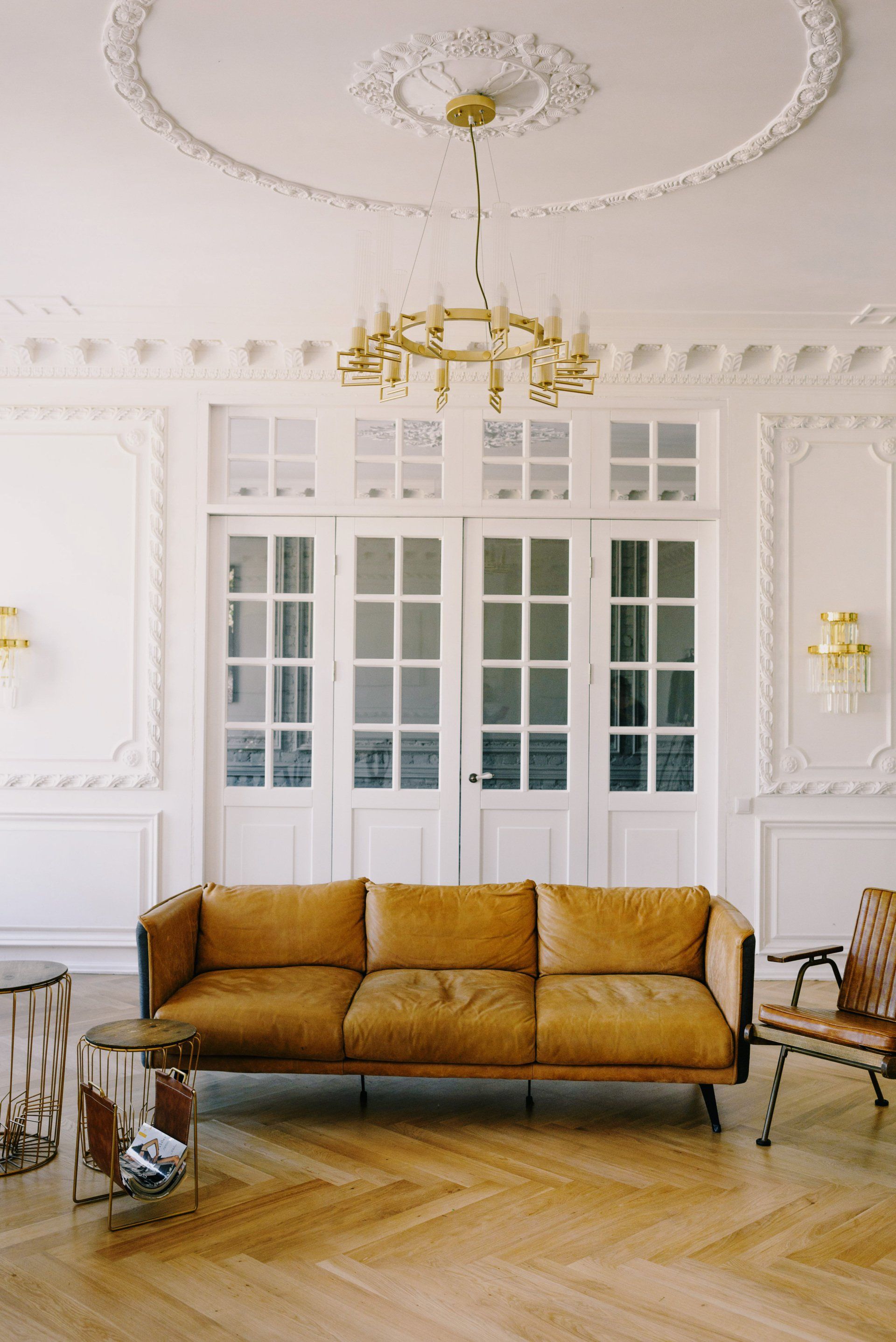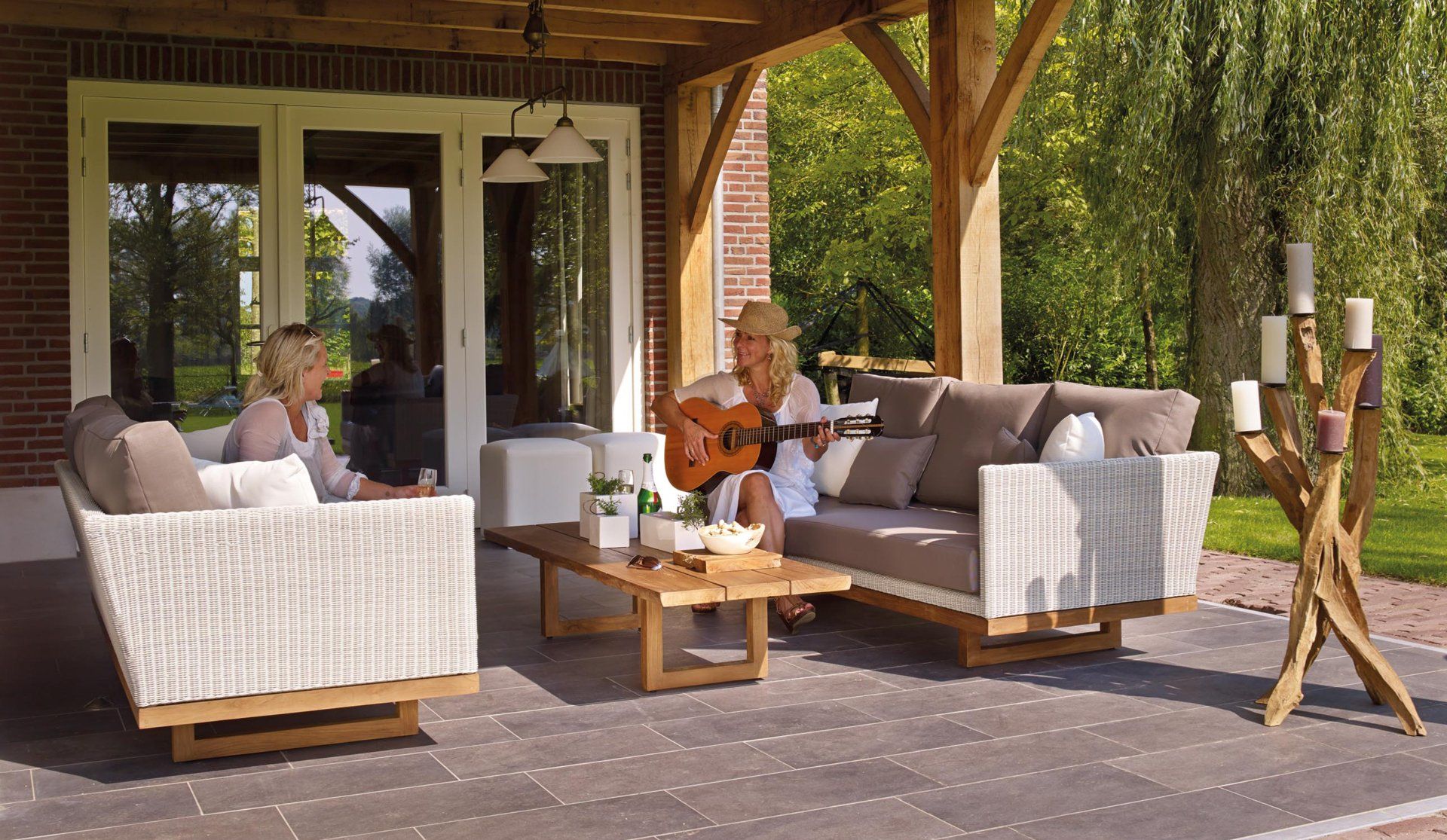A Complete Guide to Choosing the Best Furniture Stripper for Your Project
Furniture strippers remove old paint, varnish, or finish from surfaces to prepare them for refurbishing. The main types of furniture strippers are based on their chemical composition, formulation, and environmental impact, so selecting the right stripper can help you achieve successful refinishing results.
Keep reading to learn the different types of furniture strippers, how to assess your surface type, and factors and recommendations to consider when choosing the best option for your DIY projects.

Understanding Different Types of Furniture Strippers
When choosing a furniture stripper, consider factors such as the finish's type and age, the furniture’s complexity, and how your stripper impacts the environment. Follow safety precautions and manufacturer instructions carefully when using any furniture stripper to ensure effective results and minimize health and environmental risks.
Chemical vs. Eco-Friendly Strippers
Chemical strippers are traditional paint and varnish removers containing harsh chemicals, like methylene chloride or other solvents, to dissolve the finish. While effective, they can release harmful fumes and pose health risks if not used properly.
Eco-friendly strippers have safer, non-toxic, biodegradable ingredients with minimal environmental impact. They’re often citrus-based or derived from natural substances like soybeans or lactic acid.
Gel vs. Liquid Formulations
Gel-based furniture strippers typically have a thick consistency, allowing them to cling to vertical surfaces without dripping. They’re ideal for stripping intricate details or vertical surfaces, as the gel stays in place and effectively penetrates multiple layers of finish.
Liquid furniture strippers generally have a thinner consistency and are easier to apply over large, flat surfaces. They’re suitable for quickly covering large areas and preferred for speedy projects.
Assessing Your Furniture and Surface Type
By carefully evaluating your furniture type and surface finish, you can select the best stripper to remove old finishes and prepare the surface for refinishing or restoration. Use the following tips when assessing furniture and surface finish:
- Inspect the furniture: Examine your piece closely to determine its construction material, such as wood, metal, or plastic. Note any existing finish or coating, like paint, varnish, lacquer, or stain.
- Identify the wood type: If the furniture is wooden, identify the wood species, as some may react differently to strippers. Common woods like oak, pine, and mahogany have varying degrees of hardness and porosity, which can affect the stripping process.
- Consider surface characteristics: Consider any intricate details, carvings, or crevices on the furniture.
- Assess your environment: Consider where you'll work and ensure proper ventilation.
Factors to Consider When Choosing a Furniture Stripper
Whether sprucing up an antique dresser or updating a modern table, finding the perfect product can make all the difference. Consider the following factors when choosing a furniture stripper:
- Type of finish: Different furniture strippers remove specific finishes, such as paint, varnish, or stain. Ensure your stripper will work on your finish.
- Compatibility: Using the wrong furniture stripper can damage your surface or result in ineffective stripping.
- Safety: Choose products with minimal toxicity and follow safety precautions such as wearing protective gear and working in a well-ventilated area.
- Environmental impact: Eco-friendly furniture strippers are gentle on the environment. Look for products that are biodegradable and derived from natural ingredients.
- Effectiveness: Learn how the stripper removes multiple layers of finish. You can read reviews and testimonials from other users to gauge the product's performance.
- Ease of use: Choose a furniture stripper that’s easy to apply and remove. Products with longer dwell times may require less scrubbing, saving time and effort during refinishing.
Recommended Furniture Strippers
Here’s a detailed summary of some recommended furniture strippers:
Circa 1850 Furniture Stripper
This liquid chemical stripper is a versatile option for various surfaces, offering convenience and ease of use. Its non-flammable formula ensures safety during application, while its low VOCs make it environmentally friendly. Unlike some other products, Circa 1850 doesn't require an after-wash or neutralizing step, simplifying the furniture refinishing process. You can find this reliable option at your local Crowfoot Benjamin Moore store in Calgary, making it easily accessible for your DIY projects or professional needs.
Citristrip
For those looking for a gel-based option, Citristrip provides a powerful solution but has higher VOC levels than other strippers, which may concern some users. Its potent formula can cause burns to the skin if not handled carefully, requiring extra precaution during application.
Soy-Gel Stripper
If eco-friendliness is a priority, Soy-Gel Stripper is a great option. Made from soybeans, this stripper offers a sustainable alternative without compromising effectiveness. Its gentle yet efficient formula makes it suitable for various surfaces while minimizing environmental impact.
Need a Great Furniture Stripper for Your Next Project?
Before choosing a furniture stripper, carefully weigh the factors covered, including surface and furniture finish types, project scope, and health and environmental concerns.
For more expert advice on furniture stripping tips, get in touch or visit your local Crowfoot Benjamin Moore store in Calgary.
Note: On-screen and printer colour representations may vary from actual paint colours
All Rights Reserved | Benjamin Moore & Co. In Partnership with CCC












